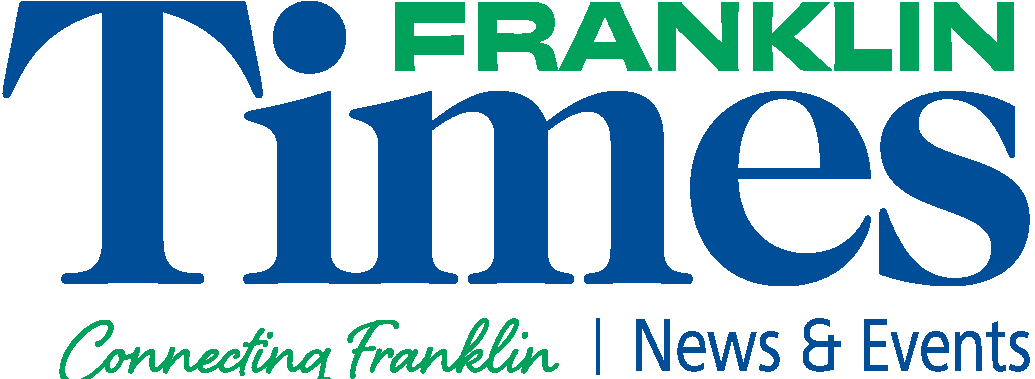|
Getting your Trinity Audio player ready...
|

Health New Zealand will deliver nearly 75,000 additional diagnostic procedures this year as part of a $65 million plan to cut wait times for critical tests, Health Minister Simeon Brown announced at a press conference today, September 25.
The Diagnostic Improvement Plan will provide 74,950 extra procedures, including 64,000 radiology scans, 7100 colonoscopies, 2200 cardiac tests and 1650 colposcopies, through both public and private providers.
The $65 million investment will increase both in-house delivery and outsourcing based on cost effectiveness, workforce sustainability, and patient access to maximise the amount of diagnostics services delivery for patients.
“This diagnostics investment is in addition to the recently launched $30 million investment in community-referred radiology, which allows patients to be referred for an ultrasound, CT, or x-ray directly by their GP, urgent care doctor, or nurse practitioner – without needing a hospital specialist or emergency department referral,” Brown said.
“Until now, patients would be on a waitlist to see a hospital specialist before even getting on the list for a scan. By significantly increasing the number of diagnostic procedures, patients referred directly by their GP will not only bypass the specialist wait but also face shorter waits for the scan itself.”
Brown said about 40,000 New Zealanders are currently waiting longer than they should for diagnostic tests, delaying treatment and adding pressure to hospitals.
“This investment will expand access and reduce wait times so people can get answers sooner, doctors can diagnose problems earlier, and patients can begin the right treatment without delay,” he said.
The programme will be supported by targeted workforce growth, including expanded training places in radiology and echo-sonography.
The $65m package comes on top of a recently announced $30m initiative for community-referred radiology, which allows GPs, urgent care doctors and nurse practitioners to refer patients directly for ultrasounds, CTs and x-rays without a hospital specialist referral.
Brown said the additional capacity would reduce double-handling, free up specialists for assessments and surgeries, ease pressure on emergency departments and help meet Government health targets.
He said it will be in October this year that the boost “will really crack in” to operation.



